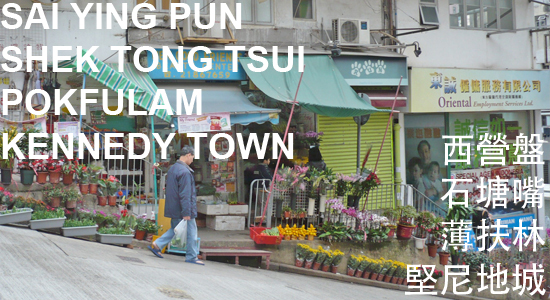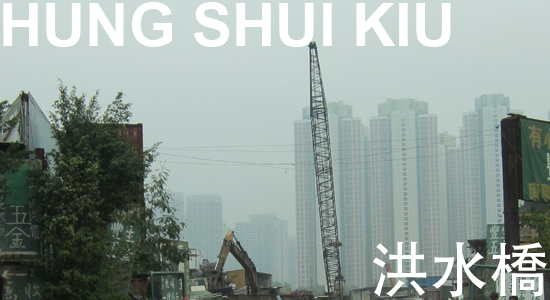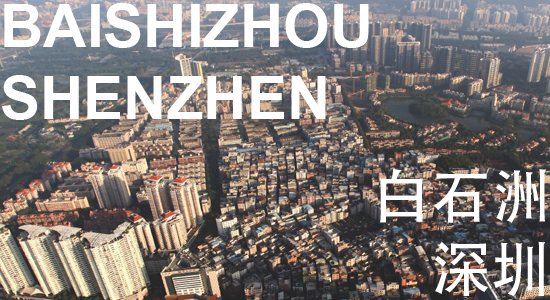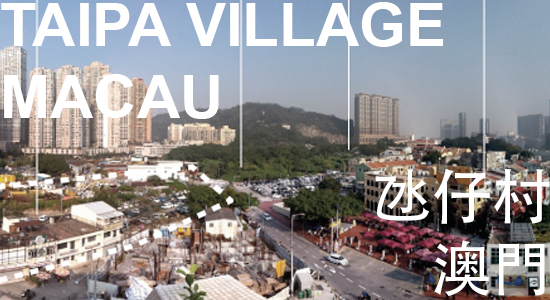Programme 2013-2014
The MSc in Urban Design Programme will continue to focus on how sustainable communities and quality of living in high-density cities can be achieved. The programme will study how people in this region have learned to accommodate their lives to one of the highest densities in the world and explore what urban design can contribute to improve their quality of living.
The studios will investigate these questions by looking at two different scales and conditions. The first term studio will focus on the Western district of Hong Kong Island and learning from the existing urban culture and community life. The second term studios will analyse and compare urban conditions in Hong Kong’s New Territories and accross the border in Shenzhen.
Pre-term Workshop:
MAPPING THE CITY: INTRODUCTION TO VISUALIZING URBANISM AND URBAN DESIGN
Two separate mapping workshops were run in August 2013 with the B.S.Sc. in Urban Studies and M.Sc. in Urban Design programmes. The workshops were themed around a fast-paced exercise in “unconventional” mapping of the small and traditional neighbourhood of Sai Ying Pun on Hong Kong Island. The resulting digital booklet gathers experiences from teaching and learning about urbanism, about communities, and how the simple idea of “mapping the city in a week” can function as a method for thinking beyond visual representations – or even design.
Term 1:

INTEGRATING MASS TRANSIT DEVELOPMENT IN HIGH DENSITY DISTRICTS: WESTERN DISTRICT / HONG KONG
The studio will continue the research done on Sai Ying Pun over the last year, and focus now on the urban integration of the West Island Line in the entire area of the Western District including Sai Ying Pun, Shek Tong Tsui, Pokfulam and Kennedy Town.
(Read the course description here as PDF)
Term 2:

RE-SCRIPTING URBAN RULES:
HUNG SHUI KIU
As Hong Kong SAR Government is embarking on the planning of New Development Areas (NDA), we will continue to study the area for the future Hung Shui Kiu NDA. This studio will explore the rules which shaped the existing urban forms and seek to rescript them for the planned NDA, exploring a range of alternatives to respond to current needs and future expectations.
(Read the course description here as PDF)

RE-SCRIPTING URBAN RULES:
BAISHIZHOU / SHENZHEN
Through the lens of “Urban Rules,” designing within the construct of the so-called “Urban Village” might well be a different planet when compared with Hong Kong—or even the rest of Shenzhen and mainland China. The extreme conditions constraining urban village redevelopment paradoxically create situations where the futurist paper mega-structures of 1960’s Europe not only find their first realistic opportunity to become manifest, but may be the best basis for rethinking the next iteration of urban village—a component machine for mass-living within a national machine of production.
(Read the course description here as PDF)

INVESTIGATING URBAN RULES:
TAIPA VILLAGE & NEW TOWN (MACAU)
Initially a small island settlement, Taipa Village saw, over the last half century, a dramatic change in its geography, with stilting and land reclamations, the isthmus to Coloane and the bridge to Macau, the Airport, the Cotai land reclamation, and the Casinos strip. After a decade of economic and urban growth, Taipa Village is now an “island” surrounded by a plethora of contrasting conditions – public housing, New Town, industrial heritage, ecological reserve, highway, light rail train, and Cotai Strip. Between these different urban realities and Taipa Village, there are unresolved fringe areas with large expectant plots, whose resolution is critical for a sustainable urban development.